California, long an icon of trends and a harbinger of national shifts, is undergoing another significant transformation. The Golden State, once defined by specific industries and cultural touchstones, is evolving in response to economic pressures, technological advancements, and shifting demographics. These emerging trends reveal a California that is adapting and redefining itself, moving away from some of its historical norms and embracing new realities. Understanding these changes offers a glimpse into the future of this influential state.
1. The Rise of Remote Work Hubs Beyond the Bay Area
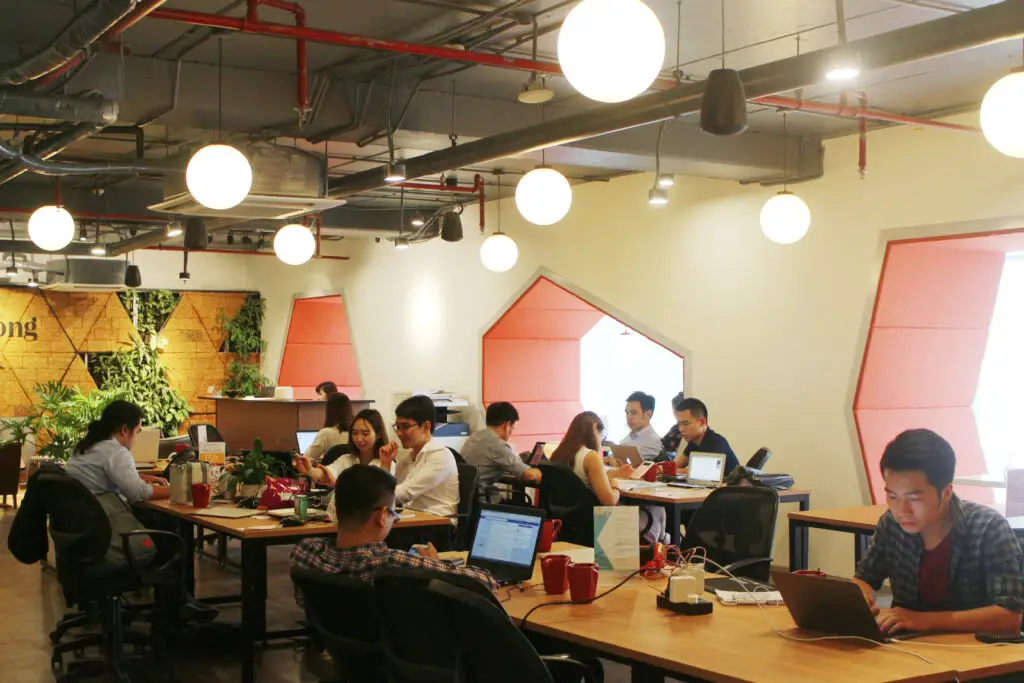
For years, the San Francisco Bay Area has been synonymous with tech and innovation, drawing workers from around the globe. However, the rise of remote work, accelerated by recent global events, is decentralizing this concentration. According to a report by the Public Policy Institute of California (PPIC), areas like Sacramento, San Diego, and even parts of the Inland Empire are seeing an influx of tech workers and companies embracing remote-first models. This shift is altering the economic and social landscapes of these regions.
This dispersion of the tech workforce is impacting housing markets, infrastructure, and local economies in these emerging hubs. Cities that were once more affordable alternatives are experiencing increased housing demand and evolving into their own distinct tech communities. This trend suggests a future where California’s innovation economy is more geographically diverse than ever before.
2. Increased Focus on Sustainable Living and Climate Resilience
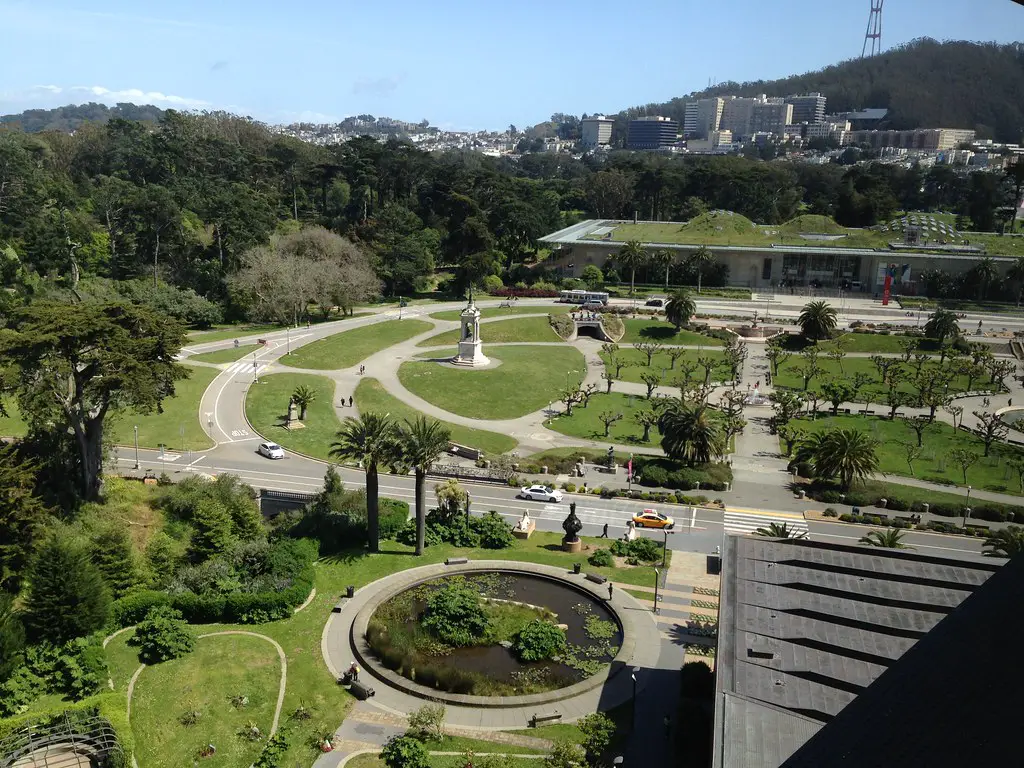
California has always been environmentally conscious, but there’s a growing urgency and innovation in sustainable living and climate resilience efforts. Faced with increasing wildfires, droughts, and rising sea levels, the state is pushing for more aggressive renewable energy adoption, water conservation measures, and the development of climate-resilient infrastructure. As noted by the California Air Resources Board (CARB), the state continues to set ambitious goals for reducing greenhouse gas emissions and transitioning to clean energy sources.
This commitment is driving new industries and technologies in areas like electric vehicles, solar power, and sustainable agriculture. Communities are also adapting building codes and urban planning to better withstand the impacts of climate change. This intensified focus on sustainability is shaping not only the economy but also the daily lives of Californians.
3. The Evolution of the Entertainment Industry Beyond Hollywood

While Hollywood remains a global entertainment center, the industry is experiencing a significant evolution. Streaming services have disrupted traditional production and distribution models, leading to content creation hubs emerging in other parts of California and even beyond state lines. According to the Los Angeles County Economic Development Corporation (LAEDC), while the LA region remains dominant, other areas are attracting digital media and content creation due to factors like cost and new technologies.
This shift is creating new job opportunities and diversifying the entertainment landscape within California. The rise of digital media and the need for diverse content are fostering growth in areas with strong digital infrastructure and creative talent pools outside the traditional Hollywood system.
4. Shifting Demographics and Cultural Fusion
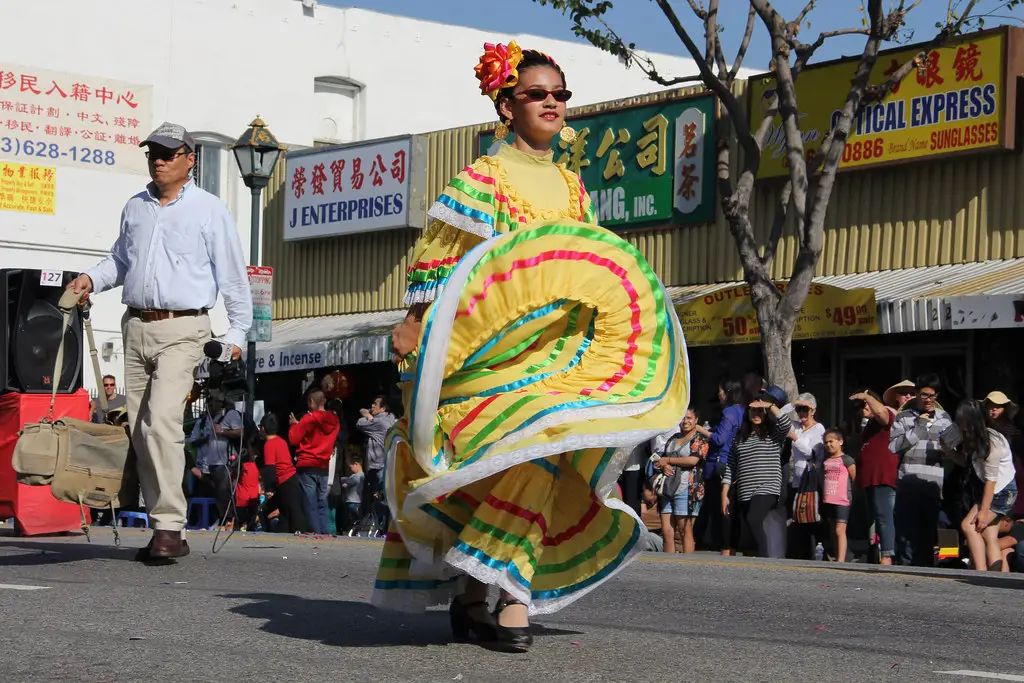
California has always been a melting pot, but its demographics continue to evolve, leading to new cultural fusions and influences. The growth of diverse ethnic and racial groups is reshaping the state’s cultural landscape, impacting everything from cuisine and music to social and political dynamics. As highlighted by the U.S. Census Bureau data, California’s population is becoming increasingly diverse, with no single group holding a majority.
This demographic shift is enriching California’s cultural tapestry, fostering innovation and creativity across various sectors. The blending of traditions and perspectives is contributing to a dynamic and ever-changing cultural identity for the state.
5. The Housing Crisis and Innovative Solutions
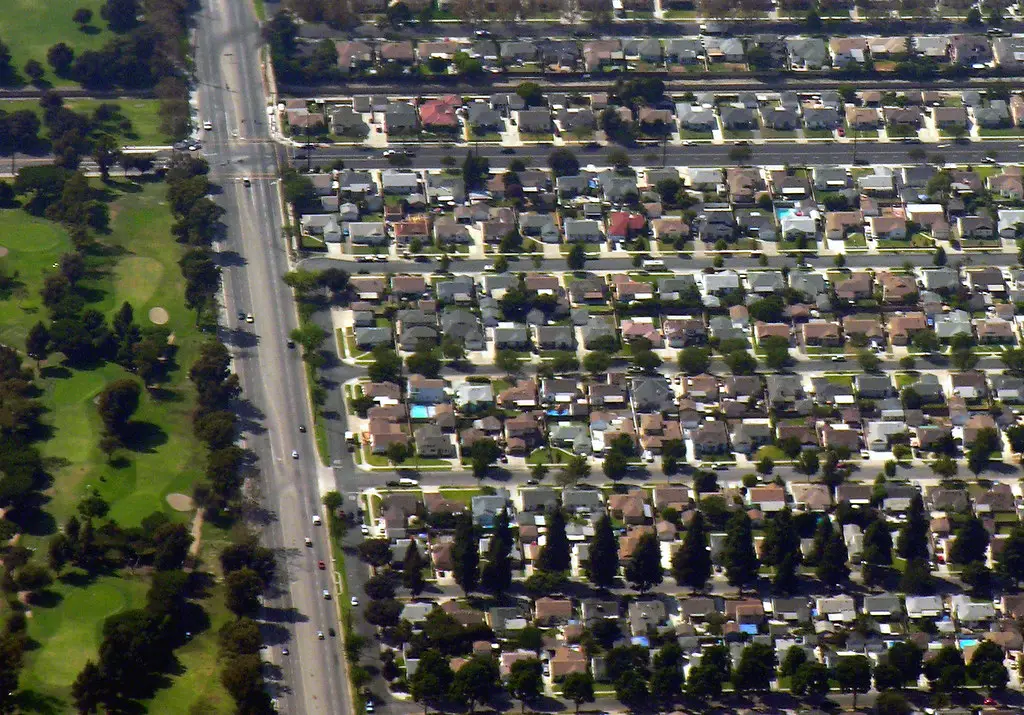
California’s housing crisis has been a persistent challenge, but new trends are emerging in response. Increased focus on accessory dwelling units (ADUs), modular construction, and innovative financing models are being explored to address the shortage of affordable housing. Local governments and developers are experimenting with different approaches to increase housing density and reduce construction costs.
These efforts reflect a growing urgency to find sustainable and scalable solutions to the housing crisis that impacts many Californians. The adoption of more flexible zoning laws and the embrace of new building technologies are key aspects of this evolving landscape.
6. The Growth of Ag-Tech and Sustainable Agriculture
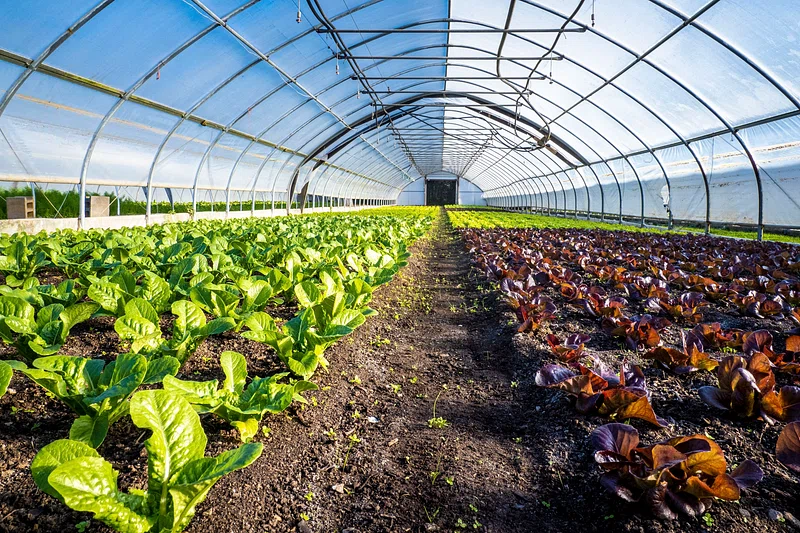
California’s agricultural sector is adapting to climate change and sustainability demands through the growth of ag-tech and sustainable farming practices. Innovations in water management, precision agriculture, and alternative farming methods are becoming increasingly important for the state’s vital agricultural industry.
This focus on technology and sustainability aims to ensure the long-term viability of California’s agriculture while addressing environmental concerns and resource limitations.
7. The Changing Face of Retail and E-commerce Integration

The retail landscape in California is undergoing a transformation with the increasing integration of e-commerce and brick-and-mortar stores. Traditional retailers are adapting to online shopping trends, while online businesses are exploring physical locations. This omnichannel approach is reshaping the consumer experience.
This evolution reflects the changing ways consumers shop and the need for retailers to provide seamless experiences across both online and offline platforms.
8. The Rise of Electric Vehicles and Alternative Transportation
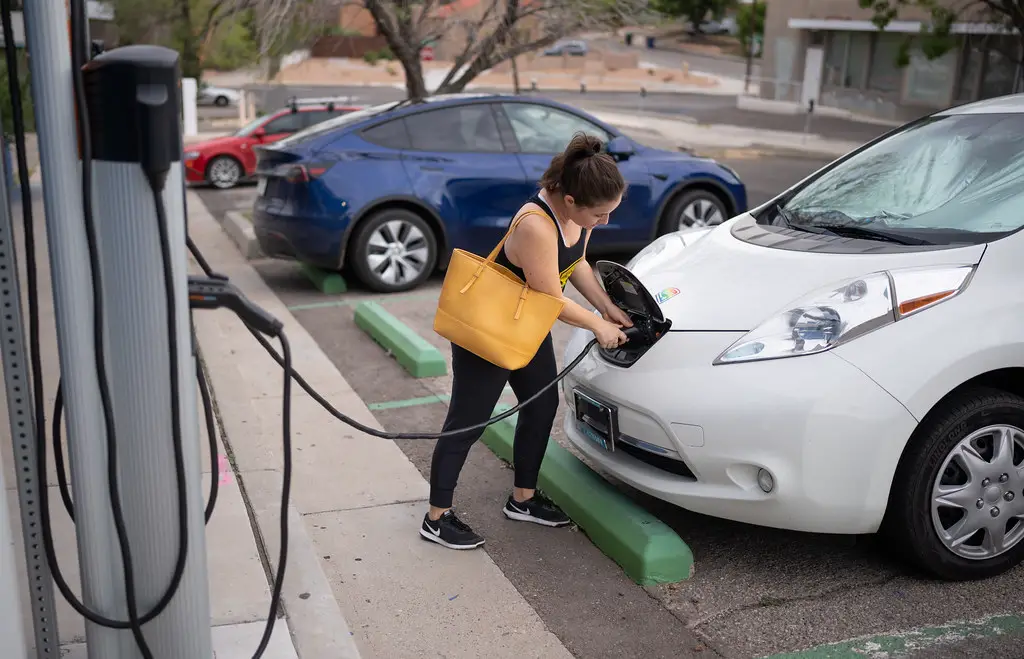
California is at the forefront of the electric vehicle (EV) revolution, with increasing adoption rates and significant investments in charging infrastructure. The state is also promoting alternative transportation options like cycling and public transit to reduce reliance on fossil fuels.
This shift towards sustainable transportation is transforming urban landscapes and reducing air pollution, aligning with California’s environmental goals.
9. The Gig Economy and Flexible Work Arrangements

Beyond remote tech jobs, the gig economy continues to shape the way many Californians work, offering flexibility but also raising questions about worker rights and benefits. The legal and economic implications of this evolving work landscape are ongoing topics of discussion.
The gig economy’s prevalence is impacting labor markets and social safety nets, prompting debates about the future of employment.
10. Increased Focus on Mental Health and Wellness

There’s a growing awareness and focus on mental health and wellness in California, leading to increased resources and discussions around these issues. This trend reflects a broader societal shift towards prioritizing mental and emotional well-being.
This increased focus is influencing healthcare, education, and workplace policies across the state.
11. The Blurring Lines Between Urban and Suburban Living

The traditional distinctions between urban and suburban living are becoming less defined in many parts of California. Suburbs are becoming more urbanized with mixed-use developments and increased density, while some urban areas are seeing a desire for more space and green areas.
This blurring of lines is impacting housing preferences, community development, and transportation planning.
12. The Influence of Social Media and Digital Culture

Social media and digital culture continue to exert a significant influence on trends in California, shaping everything from fashion and food to social activism and political discourse. The rapid dissemination of information and ideas online drives trends and fosters new forms of community.
This digital influence is constantly evolving and impacting various aspects of Californian life.
13. The Evolving Craft Beverage Scene

While California has long been known for its wine industry, the craft beer and artisanal spirits scenes continue to grow and evolve, reflecting changing consumer preferences for local and unique beverages. This trend is fostering new businesses and contributing to local economies.
The craft beverage movement showcases a desire for quality, local production, and diverse flavors.
14. The Ongoing Debate Over Water Resources

Water scarcity remains a critical issue in California, leading to ongoing debates and innovative solutions in water management, conservation, and technology. The state’s future depends on finding sustainable ways to manage this precious resource.
This continuous challenge drives innovation in areas like desalination, water recycling, and efficient irrigation techniques.
